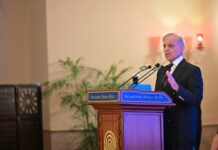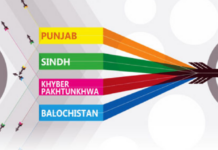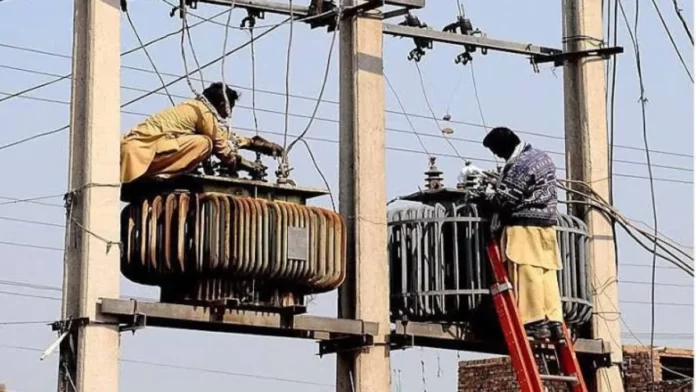The Pakistan Electricity Review 2025, launched by Renewables First, a think tank based in Islamabad, provides a detailed examination of Pakistan’s power sector during the fiscal year 2024 (FY24). The report identifies significant strides in the sector, particularly in renewable energy, but also points out several continuing challenges that hinder further progress.
One of the most notable developments in FY24 was the surge in imports of solar photovoltaic (PV) panels from China, which contributed to rapid growth in rooftop solar installations across the country. By March 2025, Pakistan had installed 4.9 GW of net-metered solar capacity. However, the review notes that a considerable number of behind-the-meter solar installations have not been documented, which could mean the actual capacity is even higher.
Pakistan’s total installed power generation capacity rose to 46.2 GW during FY24, following the addition of three new utility-scale solar plants. This brought the share of utility-scale renewables in the country’s generation mix from 6% to 7%. Despite these additions, the report highlights that the overall contribution of renewable energy sources—wind, solar, and bagasse—remained stagnant at 5%, well below the targeted 30% share by 2030.
Transmission bottlenecks and overloaded grid infrastructure were identified as key obstacles to the efficient transfer of power, particularly from the south to the energy-demanding north. These limitations forced the system operator to reduce dispatch from lower-cost plants, relying more on expensive RLNG-based generation, which led to a sharp increase in energy purchase costs. The total energy purchase cost surged to PKR 1.3 trillion, with RLNG generation accounting for PKR 568 billion, nearly 51% of the total.
The report also noted a decline in electricity sales for the second consecutive year, with overall sales falling by 3%. The industrial sector, in particular, saw an 11% year-on-year decrease in consumption, reflecting economic challenges and a shift towards more cost-competitive energy sources.
On the financial front, capacity payments rose to PKR 1.9 trillion, a 46% increase compared to FY23. This spike was largely driven by the commissioning of new coal and RLNG power plants, which carry high fixed costs. However, when these plants operate below optimal capacity, the cost is passed on to consumers, further straining the sector’s financial health. Despite these challenges, a reduction in electricity generation led to a modest 7% reduction in energy purchase prices.
The report also highlighted the growing issue of circular debt, which rose to PKR 2.4 trillion by the end of FY24, an increase of 3.6% over the previous year. This ongoing debt accumulation underscores the financial pressures faced by the sector.
The Pakistan Electricity Review 2025 serves as both a snapshot of the progress made in the energy sector and a stark reminder of the structural issues that continue to impede its growth. It calls for continued policy efforts to address these challenges as Pakistan strives to meet its renewable energy goals and ensure a more sustainable and efficient power sector.























